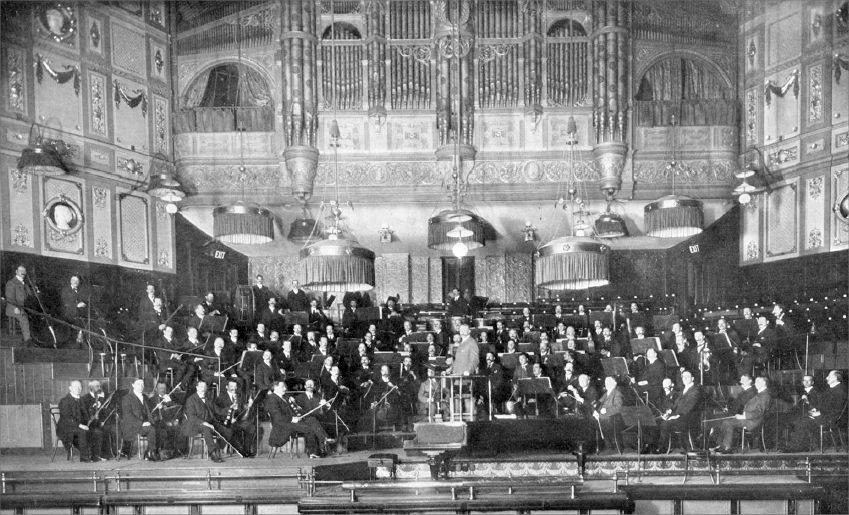Denis Pascal Brings Ravel and Brahms to Life at the BankheadBy Christina Cavallaro The first concert of the 35th season of the Pacific Chamber Orchestra started off with a bang — or a slap, actually, from a slapstick, which is a symphony percussion instrument that consists of two pieces of wood that are hit together to create a whip cracking sound.
“And we’re off to the races,” said Lawrence Kohl, the Pacific Chamber Orchestra’s conductor and musical director, known for his creative programming and daring interpretations.
True to form, Kohl selected two seemingly incongruent works, Ravel’s Concerto in G followed by Brahms’
Symphony No. 3, and joined forces with French national treasure, pianist Denis Pascal, to express them at the Bankhead Theater this past Sunday, Sept. 15.
Kohl told the audience, “So we’re putting Ravel and Brahms together today. It’s an interesting juxtaposition.”
“Ravel was from the Impressionist era,” he said, akin in art terms to Van Gogh or Monet, when it was all about colors and giving the impression of a thing, versus creating a realistic representation of a painting or a composition. “But he has a classical aesthetic.” Brahms on the other hand, Kohl explained, was from the Romantic era. “He was a classicist with a romantic heart.”
When Pascal touched the keys of the Steinway with such majesty, it’s no exaggeration to say that the warmth felt like the light of golden hour had washed over the entire theater. The French pianist is known for his performances as a soloist and chamber musician, as well as his recordings of the complete Hungarian Rhapsodies by Liszt, in which his expressive power earned him worldwide acclaim. At the Bankhead, he
seemed to be using himself, the piano, and the rest of the orchestra as a palette from which he filled the room with color and memory.
What felt like passages of birth, first love, heartache, longing, lust, resignation, contemplation, and solace were conveyed through Ravel’s use
of unusual instruments.
“Not just the regular old oboe, but the English horn, which has a little different texture to it,” Kohl pointed out. “He uses the E flat piccolo clarinet, as well as the clarinet. You know, so he adds some extra colors in there and he does things with the percussion.”
There was something so familiar, you could easily, and mistakenly, have attributed the work’s familiarity to the soundtrack from a movie or TV show that you couldn’t quite put your finger on… until it dawned on you that it was intended be the musical score of a life — your life — with all its highs and lows, that ebbed and flowed through Pascal’s fingers dancing along the keys.
Pascal and the orchestra played almost as one; the flutes became whispers; the harp a caress; the horns a goodbye. It was impossible not to be moved to tears.
Kohl chose to end the program with the Brahms piece. “Some people find it hard to end a concert with this because it ends quietly,” he said. And often conductors will make sure to have the Brahms in the first half of the program and some other big work in the second half.
“I really think that just destroys what the symphony is all about. I like to think of it as after going through all this drama and angst and yearning and everything, you know, in life, you kind of find this angle of repose, where things settle. And you don’t need crashing and banging after that.”
Kohl ended the Brahms Symphony No. 3 with a literal self-hug. Facing the orchestra with his back to the audience, he slowly wrapped himself with his own arms to indicate the slow descent, and by the time he was fully enveloped, the orchestra was silent. | 